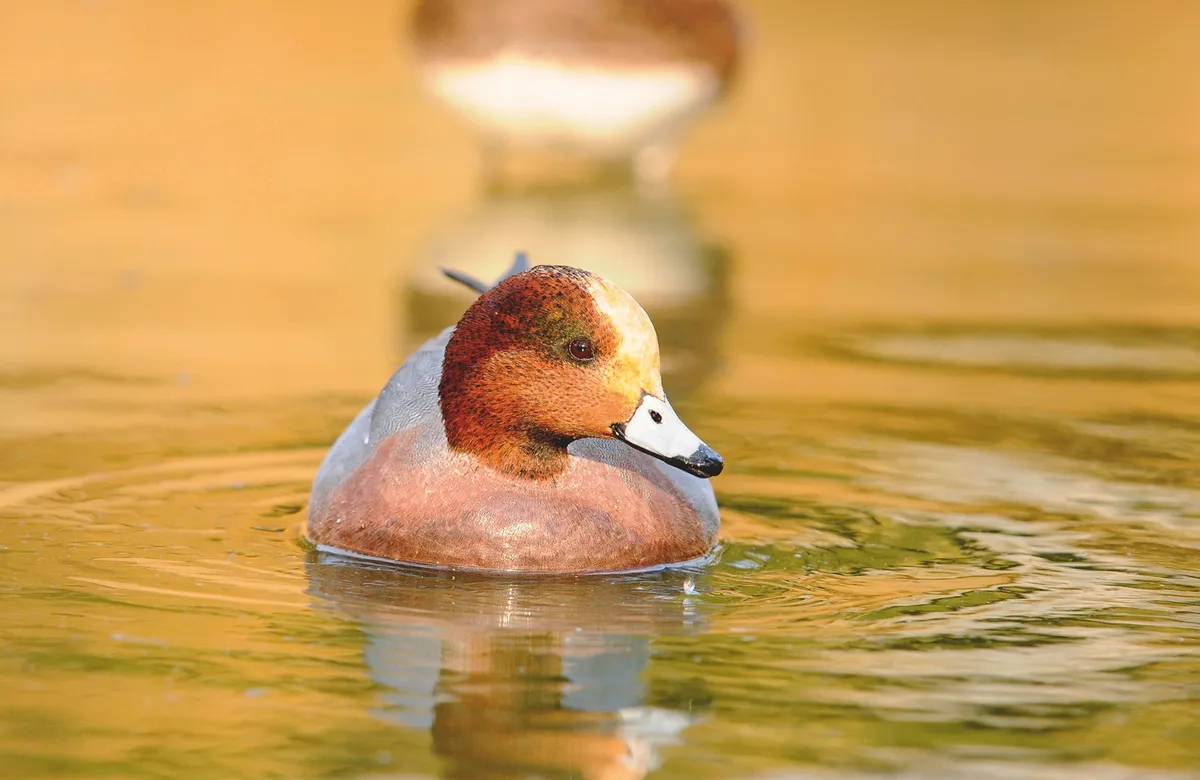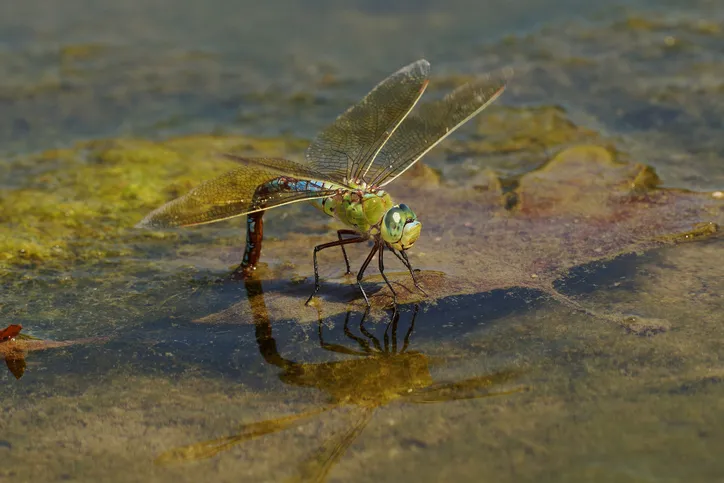The lexicon of landforms is always a delight to dip into, from zawns to grikes, eyots to erratics. And in Norfolk, there is the pingo.
Not to be confused with the cute clay penguin Pingu, these often-water-filled dips and hollows were created in periglacial conditions at the end of the last ice age.

Ice-age hollows
The word ‘pingo’ is of Inuit origin and means ‘little hill’. As temperatures dropped, freezing groundwater caused the earth to heave upwards into ice-cored mounds. When the ice melted, the earth collapsed, leaving depressions behind. Pingos are common in tundra areas, such as the Northwest Territories of Canada, Greenland and Alaska. In these places, the colder climate means the pingos are preserved in their raised state; some have argued that our native sunken pingos should thus be known as ‘pingo scars’ or ‘fossil pingos’.
Regardless, they can be hard to spot, and although there is a particularly high concentration in Norfolk’s Breckland valley, many have been lost to the plough. Head to the village of Stow Bedon, however, and you’ll find the seven-mile Great Eastern Pingo Trail winding its way through a whole network of these ponds.

Within the space of a few strides, you’re deep in a forgotten world: silent pines and silver birches stand sentinel over still, dark pools and the ancient-seeming scent of loam hangs thick in the air. But time hasn’t left this place entirely untouched; the first part of this atmospheric trail follows a former railway line that was in use for nearly a century until Dr Beeching’s cuts in the ’60s.
Life on the water
Further on, the trail joins the Peddars Way long-distance path, before turning off into Thompson Common Nature Reserve. This Norfolk Wildlife Trust-run SSSI is dominated by the serene and unexpectedly large expanse of Thompson Water, which in winter attracts wildfowl including wigeon, shovelers and little and great crested grebes. But it is the reserve’s 400-odd pingos that are its real claim to fame, helping to support a wealth of wildlife, including 19 species of dragonfly and damselfly. The site is also home to the northern pool frog. These shy but loud-voiced amphibians became extinct in England at the end of the 20th century, but were successfully reintroduced to Thompson Common from 2015; happy proof that the clock can sometimes be turned back.

